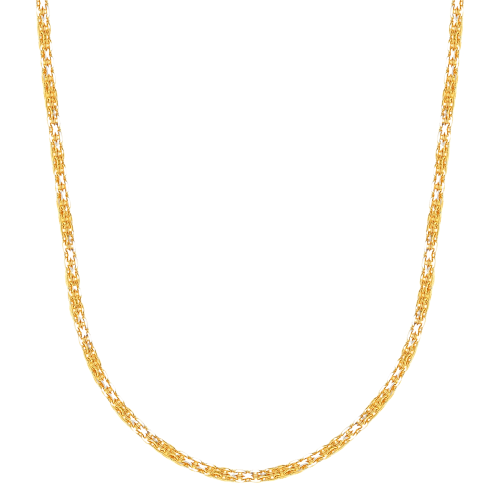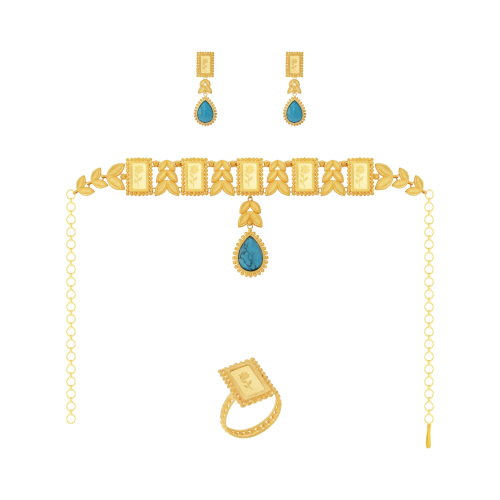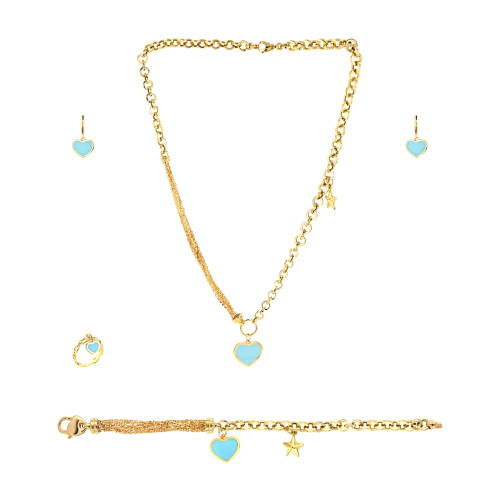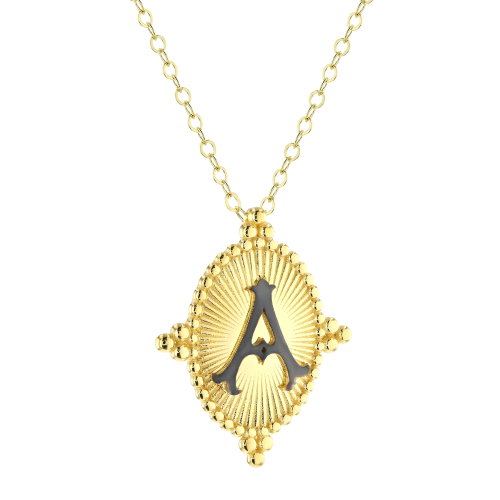How Do Artisans Make Use of Gold's Properties to Create Interactive Designs?

In the realm of luxury goods, innovation often means pushing the boundaries of what's possible with precious materials. Today, designers and engineers are harnessing gold's unique thermal and chemical properties to create interactive items that respond to their environment in subtle yet striking ways. These pieces don't just shimmer—they transform, offering a new dimension of sophistication in luxury design.
The Science Behind Interactive Gold
Gold's remarkable properties make it ideal for creating responsive luxury items. With a thermal conductivity of 318 W/(m·K), gold rapidly responds to temperature changes, while its resistance to oxidation ensures these pieces maintain their luster over time. But what truly sets gold apart is its ability to be manipulated at the nanoscale, where its properties can be fine-tuned for specific applications.
When crafted into ultra-thin layers or nanoparticles, gold exhibits fascinating behaviors. Its color can shift based on particle size and arrangement, and its surface properties can be engineered to respond to environmental changes. These characteristics open up a world of possibilities for creating interactive luxury items that engage with their surroundings.
Temperature-Responsive Jewelry
Imagine a gold ring that subtly changes its appearance as it warms to your body temperature. This isn't science fiction—it's achieved through carefully engineered gold alloys and surface treatments. By incorporating phase-change materials into gold jewelry, designers create pieces that respond to the wearer's body heat.
One pioneering technique involves embedding microscopic gold structures within a thermally responsive polymer matrix. As the temperature rises, the polymer expands, causing the gold elements to shift their arrangement and create visible pattern changes. The effect is both subtle and sophisticated—a whisper of transformation rather than a shout.
Environmental Quality Indicators
Beyond temperature responsiveness, gold's chemical properties enable the creation of luxury items that serve as elegant environmental monitors. When properly engineered, gold nanoparticles can change color in response to specific air pollutants or humidity levels. This technology is being incorporated into everything from watch faces to decorative wall pieces.
A standout example is a series of limited-edition gold-leafed art pieces that gradually reveal hidden patterns as air quality changes. The gold leaf is treated with compounds that respond to volatile organic compounds (VOCs), creating a dynamic display that's both beautiful and informative. These pieces serve as subtle reminders of our environment's impact while maintaining their status as luxury art objects.
Manufacturing Challenges and Solutions
Creating these interactive pieces requires precision at the nanoscale. The manufacturing process begins with careful material selection—pure gold must be alloyed with specific metals to achieve the desired responsiveness while maintaining durability. Surface treatments must be applied uniformly, often requiring specialized equipment and controlled environments.
One of the biggest challenges is ensuring long-term stability. Interactive elements must maintain their responsiveness while resisting wear and environmental degradation. This has led to innovations in protective coatings that preserve the interactive properties while protecting the underlying mechanisms.
The Future of Interactive Luxury
The intersection of materials science and luxury design is giving rise to new possibilities. Research is underway to create gold-based materials that respond to light, pressure, and even electromagnetic fields. These advances could lead to luxury items that adapt to their surroundings in increasingly sophisticated ways.
Some designers are exploring the integration of gold's interactive properties with smart technology. Imagine a gold bracelet that not only changes color with temperature but can also sync with your smartphone to display subtle pattern changes for notifications. The key is maintaining the elegant simplicity of fine jewelry while incorporating these advanced features.
Sustainability Considerations
As the luxury market evolves, sustainability remains a crucial concern. The good news is that gold's durability and recyclability make it an excellent choice for sustainable luxury goods. Interactive pieces can be designed with modularity in mind, allowing for components to be upgraded or recycled as technology advances.
The production of these interactive items often requires less gold than traditional pieces, as the effects rely more on clever engineering than raw material quantity. This aligns with the growing trend toward sustainable luxury, where value comes from innovation and craftsmanship rather than material excess.
A New Definition of Luxury
These interactive gold pieces represent a shift in how we think about luxury goods. They combine the timeless appeal of precious metals with dynamic properties that make each piece uniquely responsive to its wearer and environment. This merger of traditional luxury with interactive elements creates items that are not just valuable but engaging and personal.
The future of luxury lies not just in the inherent value of materials, but in how those materials can be engineered to create meaningful interactions. As technology advances and our understanding of gold's properties deepens, we can expect to see even more innovative applications that push the boundaries of what's possible in luxury design.
In this new era of interactive luxury, gold proves once again why it has captivated humanity for millennia. Its unique properties, combined with modern engineering, enable the creation of pieces that are both timeless and thoroughly modern—true innovations in the art of luxury.

Our Promise
Fast shipping
Receive your jewelry in maximum 3 days.
Return guaranteed
Requesting a return is quick and easy.
Ethical Sourcing
Ethically Sourced Materials
Payments
Buy in the most convenient way for you.







